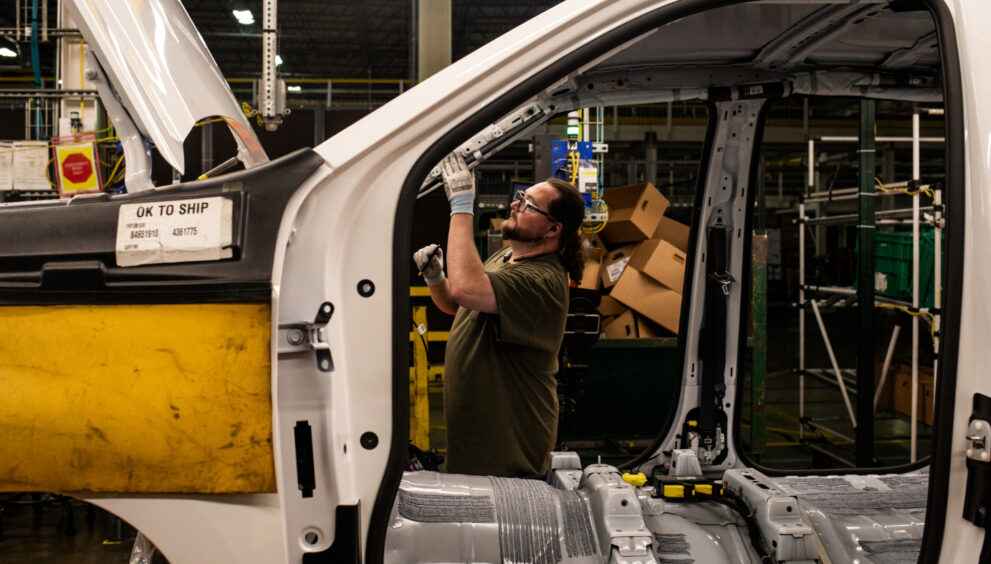The Impact of Tariffs on US Manufacturing

The administration’s tariffs imposed by President Trump seem to be based on a misguided belief that raising prices can be done one step at a time.
Frédéric Bastiat, a renowned French economist and satirist, frequently mentioned the effects of economic measures that are both seen and unseen.
For example, let’s consider President Trump’s tariffs on steel and aluminum.
Implementing a 25 percent tax on imported metals has dual effects. The first effect is the visible increase in foreign supply costs, while the second is the less noticeable rise in domestic supply costs.
To illustrate this indirect impact, imagine you are an American aluminum smelter selling at $1,100 per ton, competing with foreign supplies priced at $1,000 per ton.
Now introduce a 25 percent tariff, and your competition’s price goes up to $1,250. In this scenario, would you keep your price at $1,100, or match the new competition price to gain more profit?
While this might benefit you, it spells trouble for your customers, including American manufacturers like automakers and aircraft parts producers.
The rise in the price of one metal transitions to an increase in various goods, making the whole production chain more costly. This leads to escalation in manufacturing expenses, such as the estimated extra $500 million annual cost for the American aerospace industry due to aluminum tariffs.
Conversely, Boeing’s competitor, Airbus, capitalizes on not facing the same cost increase, selling more aircraft globally with a competitive edge.
The outcome of aluminum tariffs leads to a slowdown and layoffs in American manufacturing firms that transform metals into higher value-added products, as studies have shown.
By increasing tariffs on foreign steel and aluminum by 10 percent, the Trump administration created job loss than job creation in manufacturing firms along the supply chain.
Another issue stemming from these tariffs is the possibility of repetitive charges in the production process, evident in Linamar’s explanation of multiple border crossings in creating a single transmission.
The long-term impact of tariffs on American manufacturing includes diminished competition, hindering innovation and development, and eroding the competitive edge in global markets.
In summary, tariffs impose more significant taxes on consumers, stifle innovation, and impede progress, leading to reduced competitiveness in the long run.






















































































































































































































































































































































































































































































































































































































































































































































































































































































































































































































































































































































































































































































































































































































































































































































































































































































































































































































































































































































































































































































































































































































































































































































































































































































































































































































































































































































